Introduction to Safeguarding Children Training Course (Level 1 Safeguarding)
Quantity: 1

Duration 3 Hours
Last audited 3rd July 2024
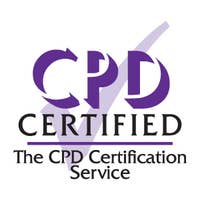

100% online training
Start when you like
Learn on any device (desktop, mobile or tablet)
Instant assessment and result
1 learner per course
Train teams of all sizes
Bulk discounts starting at 10% off 10 courses
Pay by invoice with 30 day payment terms available (5+ courses)
Includes a 10% discount for 10+ courses
Anyone who works or interacts with children and/or their families must understand their safeguarding responsibilities. Regardless of your occupation or how frequently interaction takes place, it is essential to know how to monitor the well-being of children, to be able to recognise when maltreatment may be taking place and to take appropriate action.
This Introduction to Safeguarding Children course provides you with the knowledge and skills required to effectively safeguard the children in your care. It explains common types of maltreatment and how to recognise if they are happening, how to respond to a disclosure and how to deal with concerns about a child. A combination of written information, case studies and interactive activities will help you to feel confident in your safeguarding responsibilities.
100% online training
Access anywhere
Same day digital certificate
Printed certificate posted next working day
Full audio voiceover
Assessment retakes at no extra cost
Developed by a qualified safeguarding and child protection consultant and trainer
Written in line with Department for Education (DfE) statutory guidance Working Together to Safeguard Children and Keeping Children Safe in Education (KCSIE) statutory guidance
Downloadable module summaries of key learning points
Accredited by CPD
Earn 3 CPD points on completion
Bulk discount for orders of 10+ courses
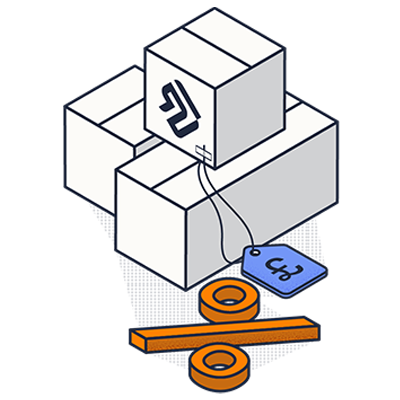
Save on our courses when you buy more training upfront. Lock in a better price now and access the training whenever you need to. You can mix and match any of our courses too and get the discount off your whole order.
10+ courses = 10% off
50+ courses = 20% off
100+ courses = 30% off
500+ courses = 40% off
By the end of the course you will be able to:
Joanna Nicolas is an independent safeguarding consultant and trainer, a social worker by profession. Joanna is a co-opted Board member of Cafcass and a member of the Prince’s Trust Safeguarding Advisory Panel.
Joanna is a published author. She has been leading serious case reviews, now child safeguarding practice reviews, for 15 years, and undertakes assessments of individuals working in a position of trust with children. She reviews organisations' safeguarding policies/procedures and culture. She was a core trainer for her Local Safeguarding Children Partnership for 15 years.
Joanna has worked in social care for nearly 30 years.
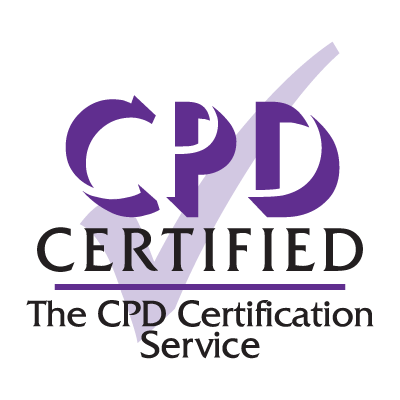
Accredited by CPD
All of our courses are accredited by the CPD Certification Service as conforming to universally accepted Continuing Professional Development (CPD) guidelines.
Recommended renewal:
3 years
What does this mean? This certificate does not have an expiry date, however, based on industry best practice guidelines there is a recommended renewal period.
Our in-house Learning Designers develop all of our courses to give you and your learners the most engaging training possible.
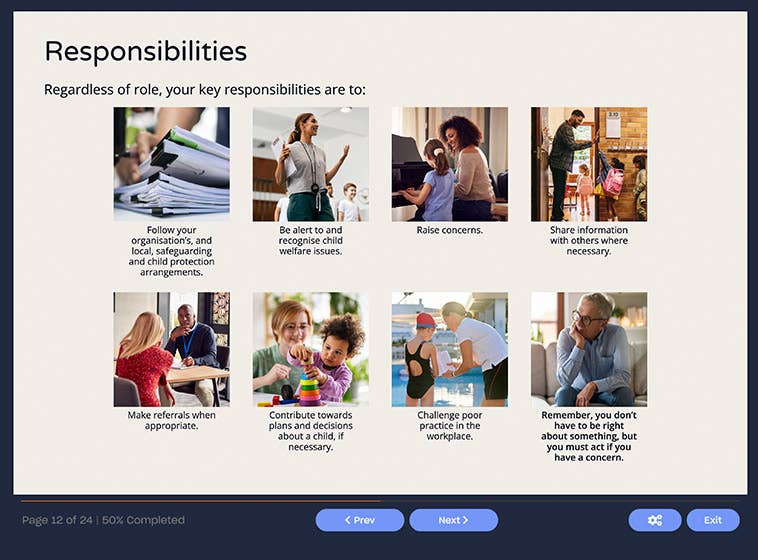
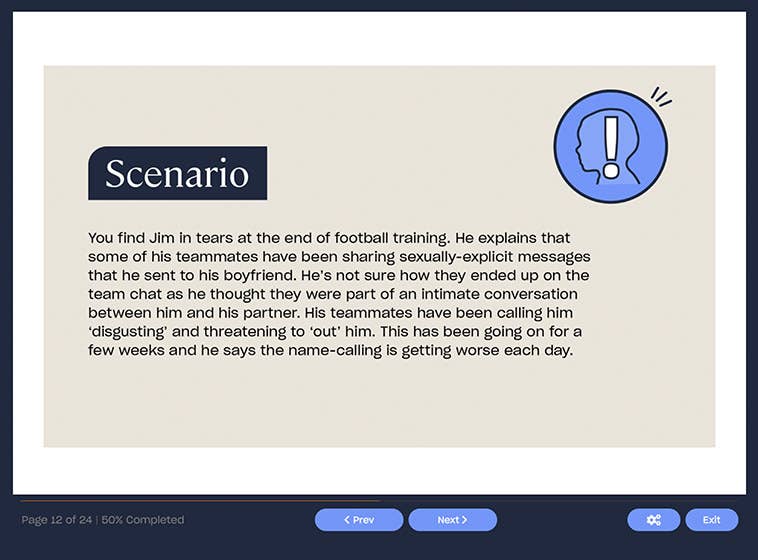
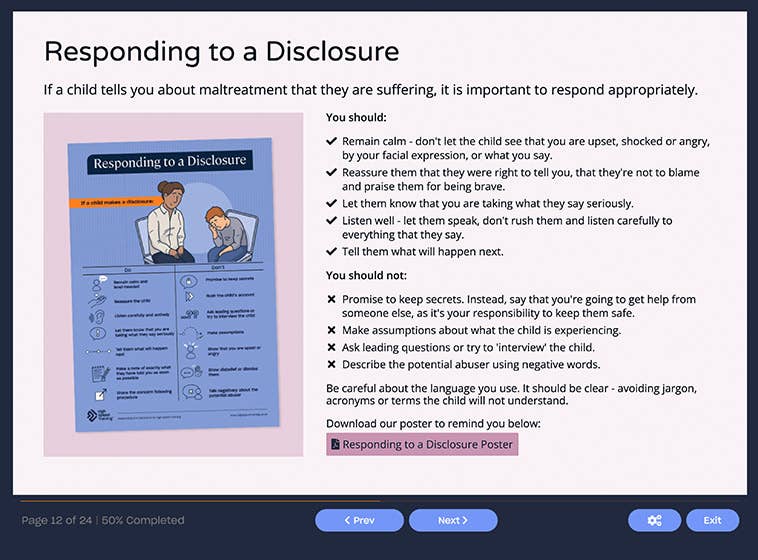
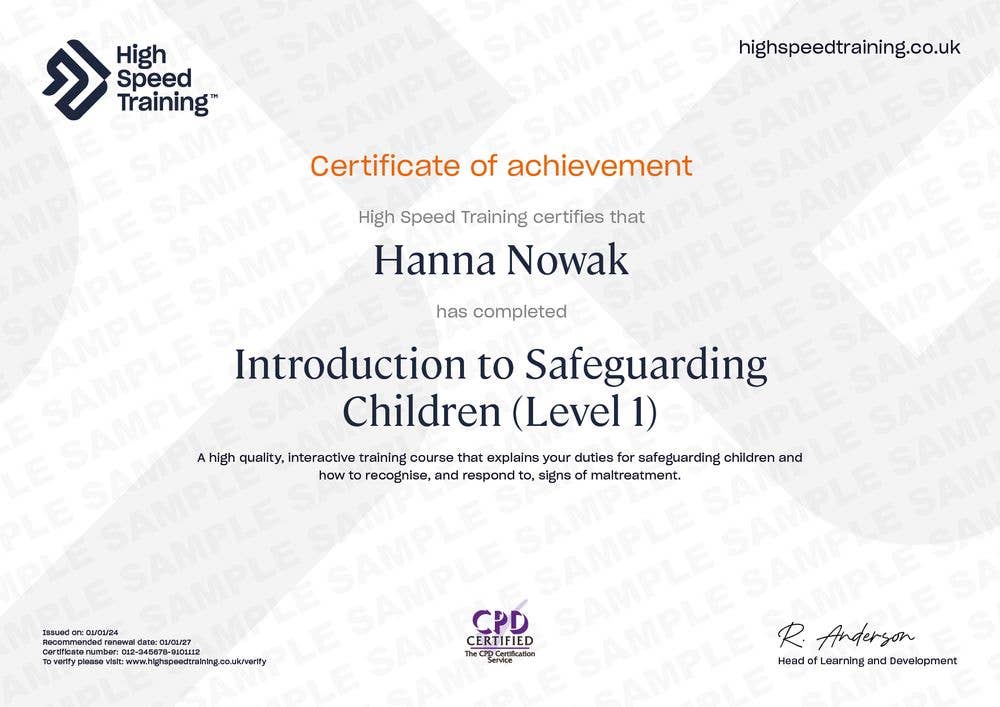




It is challenging to put an exact figure on how many children in the UK are suffering maltreatment at any one time. This is because it can occur in many forms, and unfortunately, many cases of child maltreatment go undetected and unreported. Those who interact with children are responsible for safeguarding those in their care and ensuring that opportunities to address any issues are not missed.
By taking this Introduction to Safeguarding Children course, you will understand how to recognise when child maltreatment may occur. It will equip you with the skills needed to act appropriately should a child disclose information to you or should you have concerns yourself.
This module will define the terms safeguarding and child protection, and provide an introduction to abuse and maltreatment, whilst outlining the roles and responsibilities of all those who work with children and/or their families.
This module explains the types of abuse which children may experience in more detail, including the signs to look out for which may indicate that abuse is taking place.
This module closely examines the types of maltreatment which children may experience and explains the signs to look out for which may suggest that a child is suffering some form of maltreatment.
This module details the various factors and circumstances which may lead to a child being more at risk to experiencing forms of maltreatment, such as their home life or past experiences.
This module looks at the best ways to respond should a child disclose information to you directly. It also explains the best course of action to take should you, or someone else have a concern about the well being of a child.
This module looks at how you must record concerns, or details about a disclosure. It looks at levels of confidentiality, and who should and should not be involved in communication when recording and sharing information concerning a child.
This module features an option to choose the content which is most relevant. Those working in education can view the slides with information linked specifically to safeguarding in an educational setting, while those who don't can move forward to course summary information, downloads and assessment information.
The online assessment is taken on completion of the training material. You will be asked 20 multiple choice questions with a pass mark of 80%. The answers are marked automatically so you will instantly know whether you have passed. If you don't pass don't worry! You can take the test as many times as you need with no extra charge.
It is important for anyone who works with children or interacts with them and/or their families to have a secure knowledge of safeguarding. This training course is suitable for all those who fit this criteria and are required to take safeguarding training as part of their role or feel that this would be beneficial.
This is an introductory level course; therefore, no previous knowledge is needed. It is suitable for those holding a variety of roles and working in various settings. Examples of people who may wish to take this training include:
Looking for higher level training? We also provide Advanced Safeguarding Children (Level 2) and Designated Safeguarding Lead Training (Level 3).
If you work in Early Years, Schools, or FE, our Safeguarding Children in Education Training (Level 1) may be more suitable for your needs.

In partnership with
Antonia Noble
Barrister and Safeguarding Specialist
Antonia Noble is a criminal barrister with over 29 years of experience. She is also a highly respected safeguarding specialist both in the UK and Internationally.
She has worked in the public sector at the Criminal Cases Review Commission and as a Cabinet Member at a large county council with responsibility for services including safeguarding, and child protection including multi-agency working at the most senior level.
Antonia has a range of safeguarding and child protection experience including education at all levels. She is currently the Chair of SAND Multi Academies Trust.
Quantity: 1